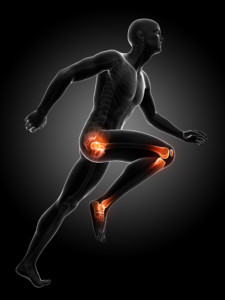
MPS combines the principles of acupuncture, massage, microcurrent and physical therapy to relieve chronic pain.
Scar tissue, depending on the location, may cause pain throughout the body. When Quentin Glenn complained of leg and back pain to her physical therapist last summer, she ranked it a nine out of ten on a scale of severity. The therapist explained that her leg pain might be caused by scar tissue from previous hip surgeries, and suggested she try a technique that “releases” scar tissue and may bring relief.
The next day, Glenn tried microcurrent point stimulation (MPS), an integrative electrotherapy technique, and says that when she stood up, she was pain free. “I felt better than I had in years,” Glenn says.
“I had been to physical therapy on and off for over a year and a half, and both of my PTs were blown away with the outcome — they could not find any trigger points or tight muscles in my legs after my scar release treatment. One of them said, ‘I have never seen anything like this before.’”
What is MPS?
Microcurrent point stimulation is the application of brief, concentrated DC microcurrent impulses to specific treatment points to relax muscles, calm the nervous system and release endorphins, the body’s natural painkillers. When MPS is applied to unique acupuncture and myofascial trigger points (MPTs) it is called MPS (microcurrent point stimulation) therapy. Stimulating all three systems — nervous, muscular and endocrine — makes MPS therapy effective for treating many chronic and acute soft-tissue pain conditions.
MPS, An Integrative Pain Management Technique
MPS mimics the therapeutic effects of traditional acupuncture by integrating several potent pain-relieving therapies (acupuncture and neural therapy) into a device that’s easy to use, clinically or at home.
Pain physician Jay P. Shah, MD, of the National Institutes of Health, says he used MPS to relieve his own pain, and has used it daily over the past 15 years to treat his patients’ neck, shoulder, back and other soft tissue pain. Dr. Shah has studied acupuncture and says that MPS offers many of the same advantages in relaxing muscles to ease pain.
“It’s a wonderful tool for patients to treat themselves,” Shah says. “[It also] causes them to rely less on medications. As a doctor, when you give pain medications you really are not getting to the underlying cause of the problem, which is often the upregulation of the nervous system and muscular contractions.”
MPS may be most effective when used in combination with a variety of awareness, movement and manual therapies to help create a long-term positive outcome. The following conditions may respond well to MPS, including:
- Back, neck and shoulder pain, whiplash
- TMJ/TMD
- Fibromyalgia
- Migraines & headaches
- Sports injuries
- Carpal tunnel
- Plantar fasciitis
- Post-operative pain
- Diabetic neuropathy pain
- Shingles pain
MPS vs. TENS
There are two general types of electric current: the back-and-forth flow of alternating current (AC), which powers most of our household appliances, and direct current (DC), which flows in one direction. While TENS (transcutaneous electrical nerve stimulation) devices utilize alternating current, MPS therapy uses direct current, mirroring the current (or electron flow) of the human nervous system.
Unlike TENS devices, MPS uses a non-invasive, metal tip, not pads, to apply low-amperage stimulation current directly to the skin, providing precise pain therapy. Milliamperage TENS devices produce thousands of times more current than microamperage (mA) MPS, in order to contract muscles and offer relief. The traditional TENS approach using milliamperage may not always be effective.
Challenging a Century Old Theory: is Less Stimulation More?
German psychiatrist Rudolf Arndt (1835-1900) and German pharmacologist Hugo Schulz (1853-1932) theorized that “weak stimuli increases physiologic activity and strong stimuli inhibits or abolishes activity.” Applied to pain management, it may mean that less electricity could be more effective than more of it. Arndt-Schulz law may also explain why microamperage currents may be more effective than milliam – per age currents at relieving pain.
MPS may be most effective when used in combination with a variety of awareness, movement and manual therapies to help create a long-term positive outcome.
Orthopedic surgeon and author of The Body Electric Robert Becker, MD, applies this centuries-old construct to support modern clinical electrotherapy. He maintains that the human nervous system appears to be delicate and doesn’t respond well to strong, disruptive stimuli.
According to Dr. Becker, current therapy approaches (TENS, ultrasound) appear to be “screaming” at the nerves, rather than “whispering” to them as they would through microcurrent stimulation. In his book, he proposes that because the body’s nervous system runs on DC current, the most effective healing occurs with DC stimulation.
While there is clinical evidence to support the application of DC microcurrent stimulation (MPS) for pain relief, talk with your doctor before beginning any new treatment option.
This feature was contributed by Occupational Therapist Tamra Ellis, Hon. B. SCOT. To learn more about microcurrent point stimulation or educational training opportunities for medical professionals, visit www.dolphinmps.com or contact 1 800.567.PAIN (7246).
By Tamra Ellis, Hon. B Scot
Originally published in Pain Pathways, Summer 2013

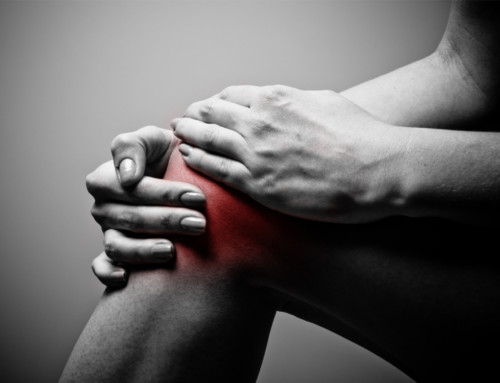
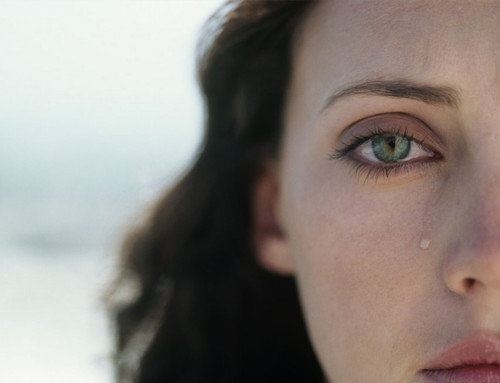
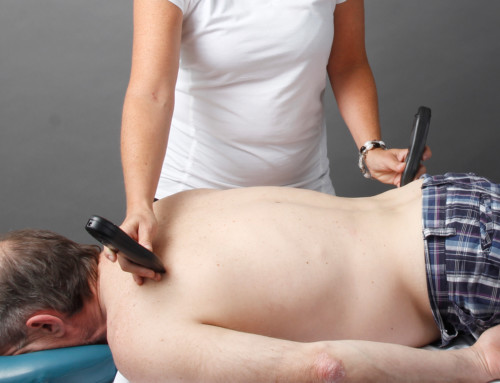
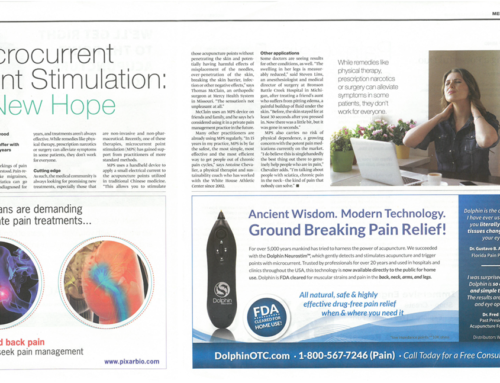
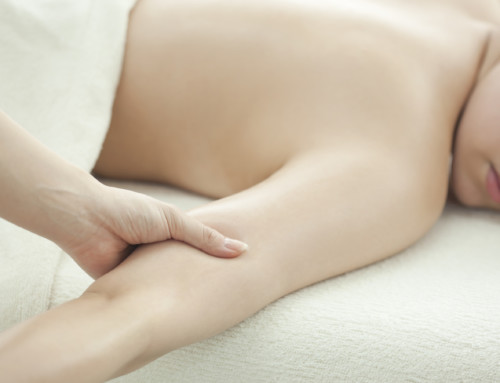
Leave A Comment